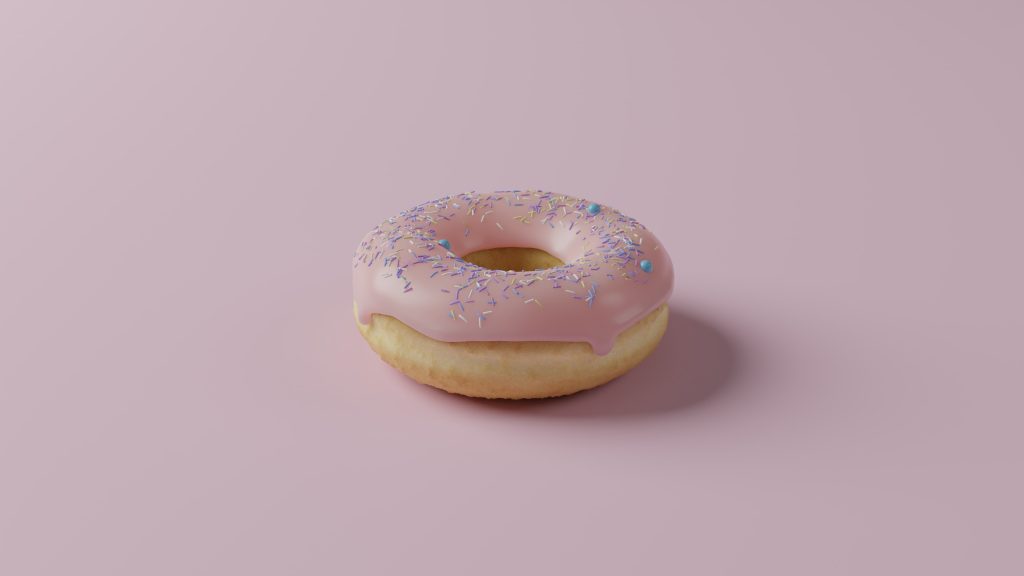Your Favorite Foods Are Now Being 3D Printed?
Researchers at Columbia University successfully made a cheesecake with 3D-printing technology.
This article is more than 2 years old

3D printing has a range of applications, including printing lighter car parts for more fuel-efficient cars and more robust structural components for engineering. Now there is a new unforeseen use for the innovative technology. Researchers are constructing 3D-printed food.
Yes, that is correct. Not only can you 3D print your favorite dessert, but you can also complete this task in the comfort of your home. Anyone who fancies themselves a futuristic chef can use lasers to cook and print food.
At Columbia University, experts have constructed 3D-printed food like a vegan cheesecake. This process was completed using a 3D printer and laser technology. This successful experiment is the first step in using 3D printing for food processing.
While this is another breakthrough in technology, not everyone will be interested in consuming 3D-printed food. People may be unlikely to use this new application, it is important to note that 3D printing your food is very similar to cooking. The most significant difference is with 3D printing; everything starts from a paste rather than traditional chopping.
Using 3D-printing to construct food is a process that has been around for a while, with many companies opting to use the technology to make their products. One company makes plant-based meat product while another makes sugars.
The addition of laser technology to constructing 3D-printed food is what makes Columbia University’s research interesting. The laser technology actually cooks the food while it is being printed, so not only is it constructed from scratch, but it is also cooked. The process is similar to setting a souffle or a mousse.
When the research team perfected cheesecakes, they moved on to something more complex, like a cake. Now, they have constructed a machine that can make cooked food with up to eighteen ingredients.
In a practical application, chefs can use a precise amount of ingredients to make food that is constructed and cooked simultaneously. It also reduces the amount of waste that the food industry makes on a day-to-day basis. Also, it lets chefs make food precisely to the customer’s preferences; for example, you can customize each slice of cake or pizza with different ingredients.
During their research, the experts at Columbia University experimented with localizing flavors and produced a cheesecake with several different flavors. Customers can then choose which slice they want, depending on what flavors they choose. This experiment was very successful, and every flavor did not mix with the corresponding portion.
If adding laser technology to construct 3D-printed food is a comment for concern, then do not worry. Laser technology is no less harmful than using a microwave or an oven. But the research team at Columbia University will conduct a nutritional study to ensure the addition of the laser technology will not affect the nutritional quality of the food.
Another big reason the masses have not accepted 3D printing yet is the price of the machines. The machine used at Columbia University is priced at $1,000, and the lasers are also $500 each, which is just out of reach for most families. But like all technology, if you wait over a decade or longer, the price will eventually come down to something more affordable for mass consumption.
Technology is implemented more and more into our modern life, so it won’t be long before everyone is 3D printing their food.



